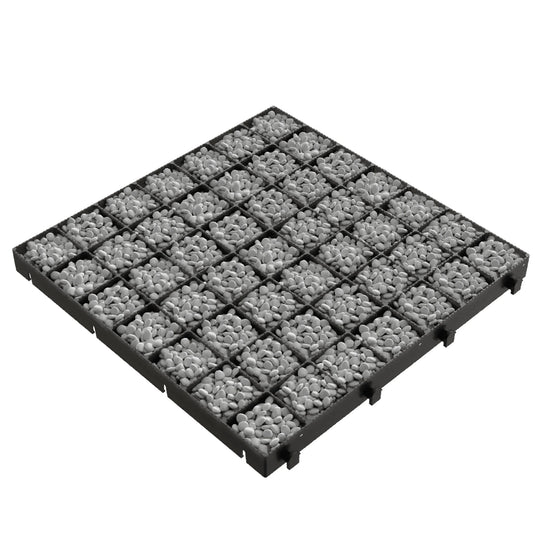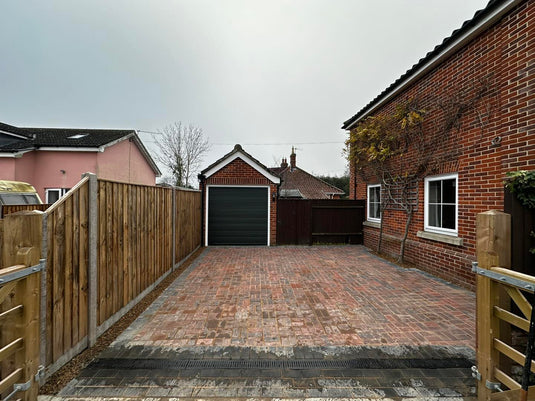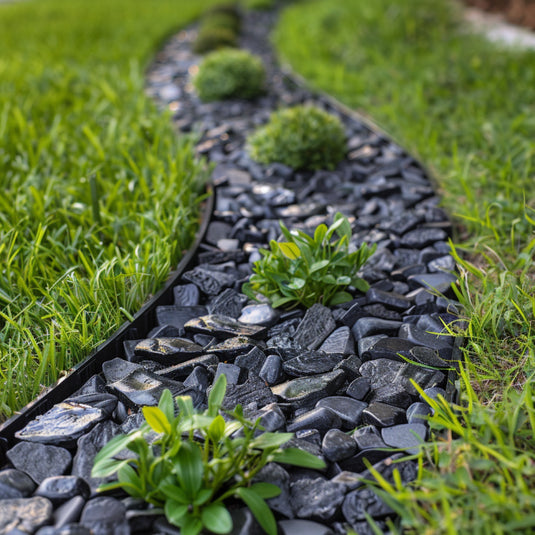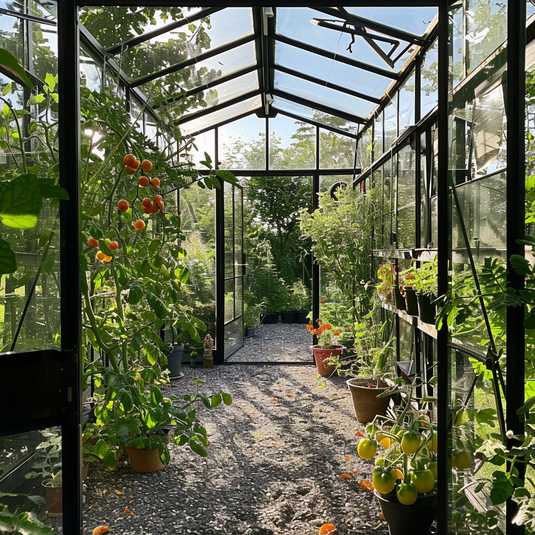Installing grids upside down is a little unconventional but our customer, Nicola Wood, has demonstrated why it's the right decision when building an equine field shelter.
Possibly one of the most challenging things about mucking out stables or equine field shelters in our opinion is the time it takes to do so. Especially as most stables and horse shelters have no structured flooring, with straw, mud and deposits.

But when we saw these project photos sent in by our customer, Nicola Wood, our initial reaction was fascination with the unconventional approach she had taken to creating a base for a field shelter. This horsey safe haven is, on the face of it, a pretty standard timber building made of featherboards and a timber stud frame. The genius is in the base structure used.
Free draining, plastic base for an equine field shelter
Nicola created a wooden frame for the base and filled it with sand. Logically, sand is a great material choice for a field shelter because it is permeable and filters liquids that pass through it. The magic happened when she made the unconventional choice to push our shed base grids in. Upside down.
Easy maintenance and frictionless mucking out.
In making this unusual decision, Nicola created a solid surface that's safe under hoof. And because the grids are upside down and are filled to the top with sand, mucking out the field shelter is a smooth job. She won't find bits of horse manure getting trapped in the cells of the grid.
IBRAN-X recycled plastic grids for field shelters
We had never really considered how good our grids could be for horses and equine environments but looking at this project for what it is and how it has been done really has highlighted the benefits. On the face of things, it's just another timber building on grids but with Nicola's ingenuity, it's now evident there's an as yet untapped potential for IBRAN-X in the equine space.






